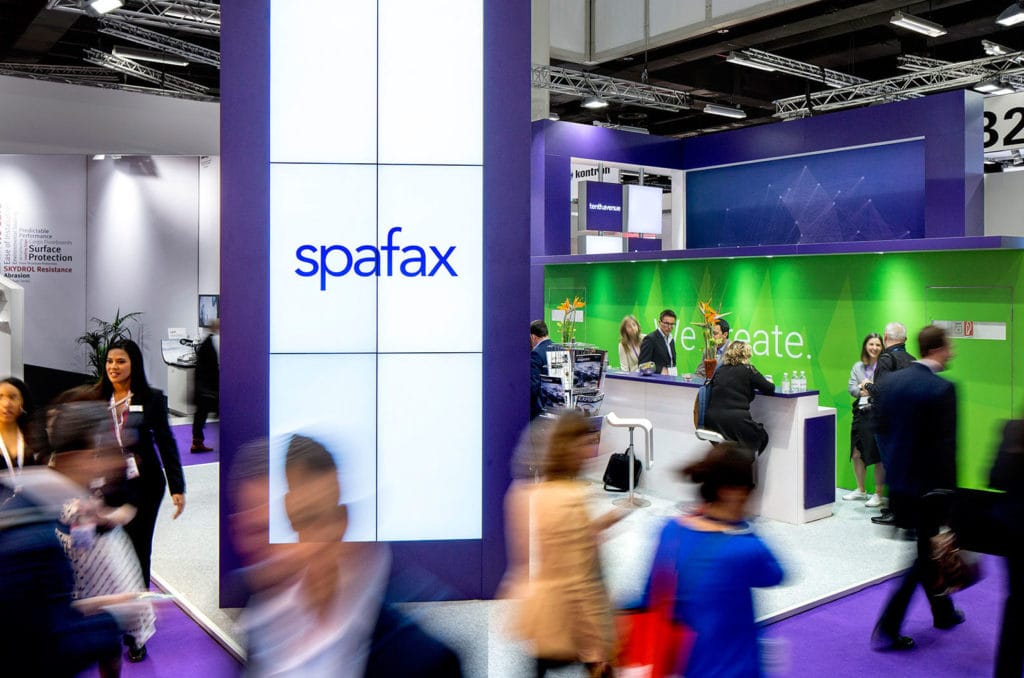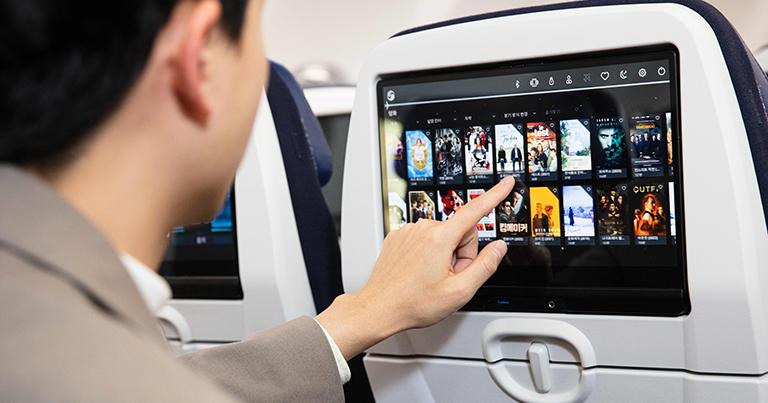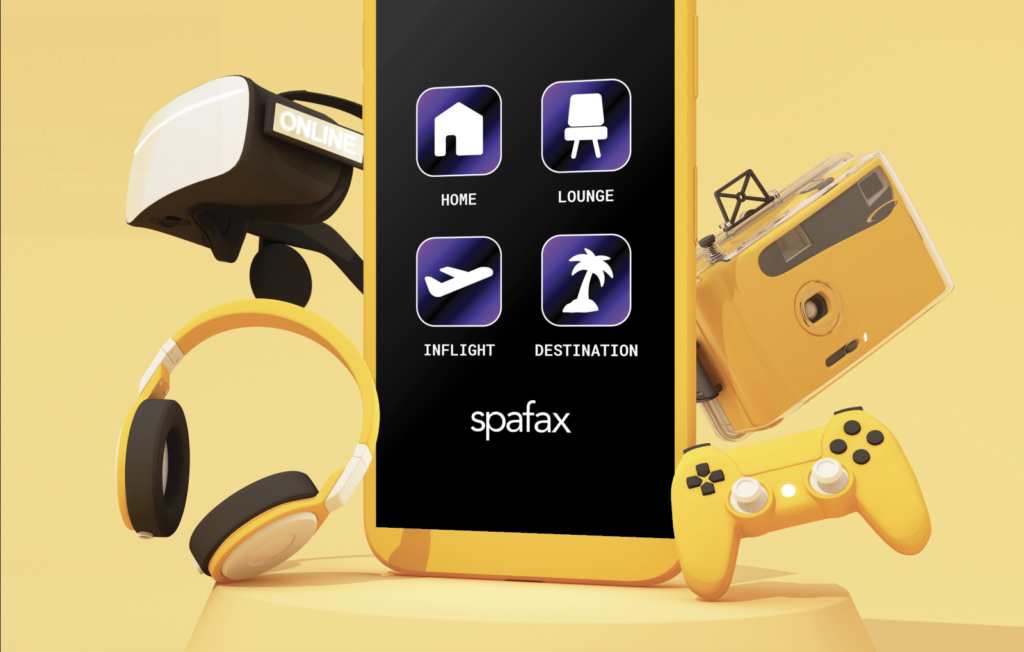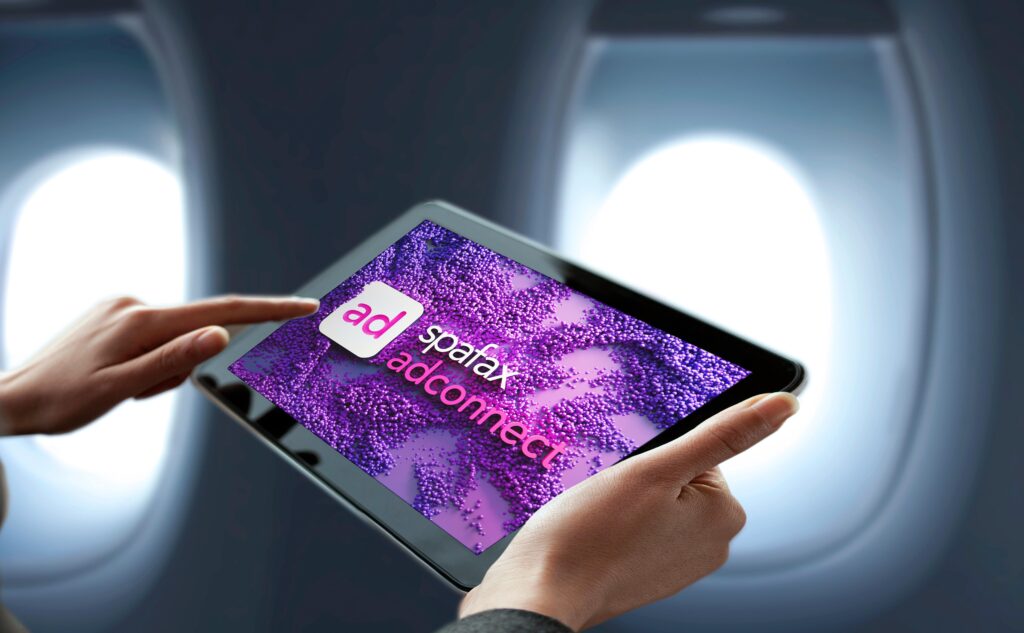How CSPs Are Evolving: Spafax on AI, Data, and OTT Strategies
Share
Content service providers (CSPs) have long played a central role in airline entertainment, but their responsibilities are shifting. Airlines no longer see in-flight entertainment (IFE) as just a seatback screen filled with movies. Instead, they expect CSPs to serve as strategic partners—integrating AI-driven personalization, data analytics, and over-the-top (OTT) streaming into a seamless, revenue-generating passenger experience.
Spafax, a leader in airline content strategy, has adapted to these industry shifts by expanding its role beyond content licensing. Dimitrios Tsirangelos, Spafax Vice President of Business Development Technology and Innovation, believes the future of IFE depends on a broader approach. “We don’t just deliver content. We analyze, predict, and optimize content consumption patterns to create a truly personalized experience.”
As airlines refine their entertainment strategies, discussions at APEX TECH this May will continue shaping the industry’s direction. The event highlights how leading airlines and CSPs are using AI, connectivity, and new media platforms to create the next generation of passenger engagement.
From CSP to ESP: Experience-Centered Content Strategies
The role of CSPs has evolved from media suppliers to experience service providers (ESPs). Airlines expect more than curated content—they want entertainment strategies that extend beyond the aircraft cabin, encompassing lounges, preflight engagement, and even post-arrival interactions.
“Airlines will continue to rely on CSPs,” Tsirangelos said, “but the role is evolving toward end-to-end content orchestration, data analytics, and technology integration.”

Spafax’s collaboration with Lufthansa Group reflects this shift. The company provides entertainment beyond seatback screens by integrating streaming options in lounges and preflight digital platforms. Across the industry, CSPs are building similar solutions, ensuring that content follows passengers throughout their journey rather than existing only in-flight.
This transition was a key theme at APEX TECH last year, where leaders from Emirates and Qatar Airways outlined how CSPs must play a larger role in connecting digital experiences across an airline’s ecosystem. Both carriers emphasized the importance of seamless integration between IFE, loyalty platforms, and passenger engagement tools.
AI-Driven Personalization: Data at the Core of IFE
The future of IFE relies on data, and CSPs are at the forefront of leveraging passenger insights to create more engaging content strategies. Airlines want entertainment platforms that adjust based on passenger demographics, route preferences, and individual viewing habits.
Spafax has placed personalization at the core of its approach. “We curate entertainment experiences by leveraging data, predictive analytics, and AI-driven content recommendation engines to match passenger preferences,” Tsirangelos explained.

For example, data shows that business-heavy short-haul routes often see higher engagement with news, finance, and productivity apps, while leisure-focused long-haul flights benefit from destination-themed content and family-friendly programming. AI-powered recommendation engines refine these choices further, ensuring a tailored experience for each traveler.
Spafax’s AD Connect platform integrates these insights with advertising and retail opportunities, helping airlines monetize their entertainment platforms. Airlines are already looking at ways to make IFE a revenue driver, with Qatar Airways at APEX TECH last year discussing its investment in AI-driven personalization to enhance content and advertising strategies.
OTT Streaming and Expanding IFE Beyond the Cabin
With in-flight connectivity improving, CSPs are prioritizing OTT streaming solutions. Airlines recognize that streaming services provide flexibility and cost advantages by reducing the need for large onboard media libraries. However, this shift requires CSPs to manage licensing complexities, bandwidth constraints, and content security.
Spafax showcased this approach with its Lufthansa lounge streaming initiative, demonstrating how airlines can extend entertainment beyond the aircraft. The company sees OTT as a fundamental part of the future, allowing passengers to start a movie at home, continue watching in a lounge, and finish in-flight.

“The OTT platform will facilitate seamless integration across different platforms—from seatback screens to personal devices, in lounges and preflight experiences,” Tsirangelos explained.At a previous APEX TECH, JetBlue discussed its approach to free streaming partnerships, highlighting how airlines are moving toward a more flexible, content-rich entertainment model. As connectivity costs decrease, more airlines are considering streaming-based IFE solutions, requiring CSPs to play a key role in managing the transition.
Monetization: How Airlines Are Turning IFE into a Revenue Driver
Entertainment strategies are no longer just about keeping passengers engaged; they are about driving revenue. Airlines are working closely with CSPs to integrate advertising, branded content, and e-commerce within IFE platforms.
Spafax’s AD Connect solution enables airlines to implement targeted advertising and personalized retail offerings. Tsirangelos believes that CSPs will play a larger role in developing these revenue models, helping airlines connect their entertainment platforms to advertising and shopping opportunities.

“We have the data and the software system to develop data-driven advertising solutions for airlines,” Tsirangelos said. “We enhance airline strategy and retail integration by helping to build exclusive media partnerships.”
Gamification and interactive engagement tools also contribute to IFE monetization. By integrating loyalty program rewards, digital storefronts, and real-time advertising opportunities, airlines and CSPs are exploring new ways to increase revenue without disrupting the passenger experience.
Investing in Emerging Technologies to Shape the Future of IFE
CSPs continue investing in emerging technologies to improve the entertainment experience. Gesture-based controls, AI-driven automation, and edge caching are some of the innovations shaping next-generation IFE platforms.
Spafax is already experimenting with eye-tracking and hands-free navigation, which could change how passengers interact with seatback entertainment. “We are investing in interface technologies such as mixed reality and automation for internal and external products,” Tsirangelos said.

Data fusion also plays a critical role in shaping IFE strategies. By consolidating content consumption metrics across lounges, mobile apps, and in-flight screens, CSPs help airlines refine entertainment offerings for different market segments.
At APEX TECH last year, Emirates detailed its approach to integrating AI and passenger data across multiple digital platforms, ensuring a cohesive experience. These discussions reinforce the role of CSPs in helping airlines bridge content strategies across various customer touchpoints.
How CSPs Will Define the Next Phase of IFE
As airlines move toward a fully connected, data-driven entertainment experience, CSPs must continue adapting. AI-driven content recommendations, OTT streaming, and advertising integration will define the next phase of IFE.
Spafax provides an example of how ESPs are evolving—shifting from content providers to experience service partners who integrate entertainment with branding, e-commerce, and passenger engagement strategies. The future of IFE depends on this broader, more flexible approach.
These trends will be explored further at APEX TECH, where industry leaders will continue shaping the future of airline content strategies and the evolving role of CSPs in the aviation industry.


